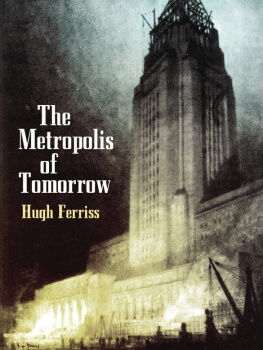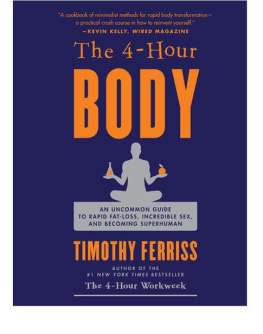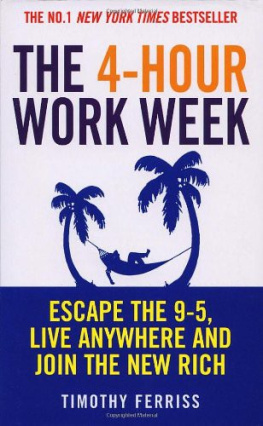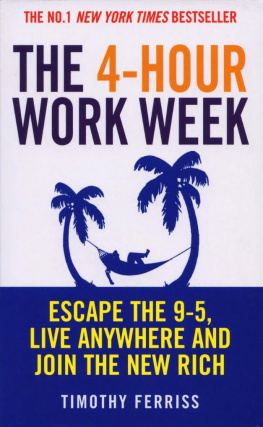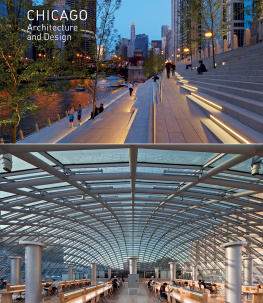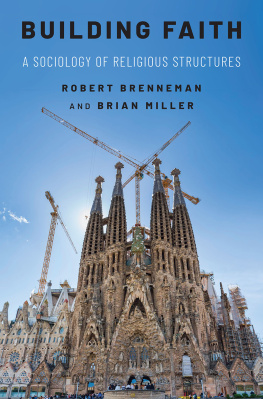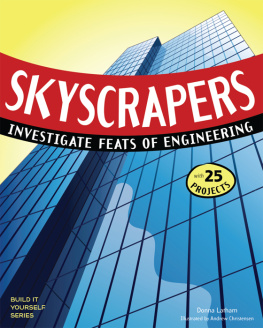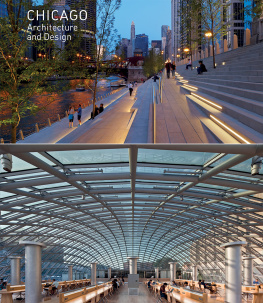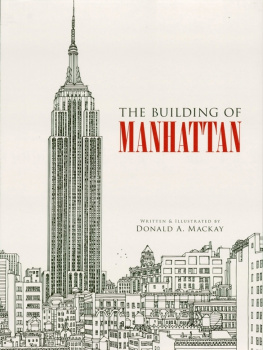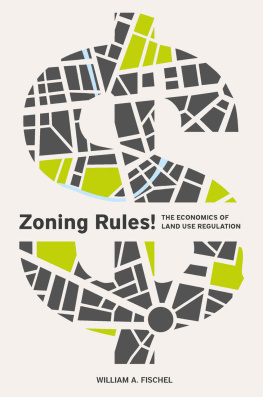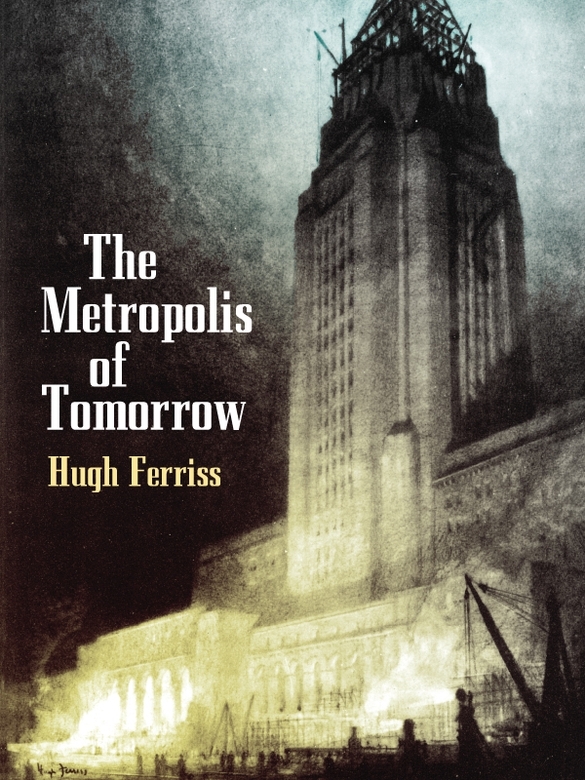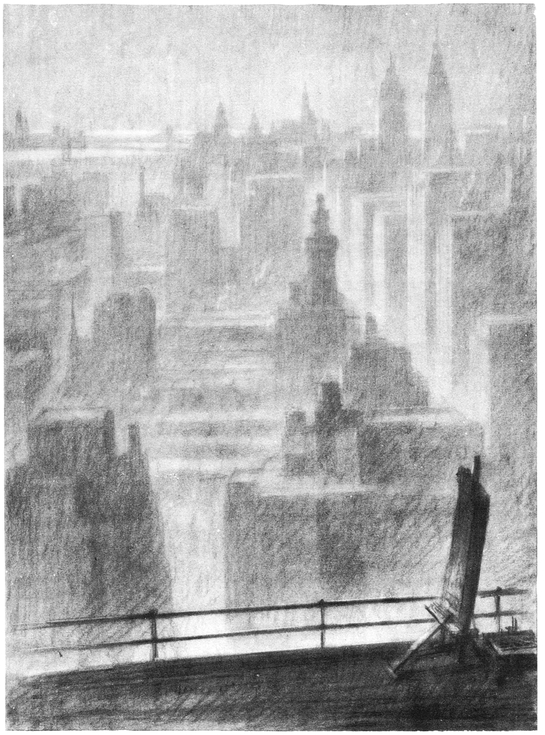For the kind cooperation shown in permitting reproduction of certain of these drawings, the author records his thanks to the following: Corbett, Harrison and McMurray, Architects; Ramond Hood, Architect; Holabird and Root, Architects; Mauram, Russell and Crowell, Architects; The American Institute of Steel Construction, Inc.; The Lehigh Portland Cement Company; The Chanin Construction Company; The J. L. Hudson Company Mr., Louis L. Horch; The Daily News; The St. Louis Post Dispatch.
EPILOGUE
WE HAVE ALREADY spent too long a time in contemplation of what is only a mirage. The curtain of mist quickly reenvelops such momentary scenes; we must return againand at onceto less shadowy spectacles and less theoretical proposals: in short, to the City of Today.
Let us only repeat, as we leave this parapet, what we said at the very outset. Architecture influences the lives of human beings. City dwellers react to the architectural forms and spaces which they encounter: specific consequences may be looked for in their thoughts, feelings and actions. Their response to Architecture is usually subconscious. Designers themselves are usually unconscious of the effects which their creations will produce. Nevertheless, we may look forward to some stirring of thoughtperhaps even to some specific trainingwhich will put a considerable body of students in command of the architectural Influence. Our criterion for judging this self-conscious Architecture will be its effect on human values: its net contribution to the harmonious development of man. We hope that eventually it will not only adequately meet the demands of our physical welfare, but will also serve in actualizing whatever may be mans potentialities of emotional and mental well-being.
Who, indeed, can specifically define these potentialitiesand what architects can prepare contributory or evocative designs? It may well be that at the present moment there are none; nor will there be, until architects have begun to call into their draughting rooms the scientist, the psychologist, the philosopher...
For the present, we shall have done well, if we have sketched, in any firm line, a really adequate objective for the general work of city planning. As for personal and specific proposalsthe author well knows how many parapets, other than the one we are now leaving, overlook the imaginary Metropolis of Tomorrow and he shares the common belief that few of the many visualizations currently being formulated can contribute more than a particle to the ultimate actuality. Concerning the threefold city which has just been outlined, he has indeed but one word to add:
A few years ago, he happened upon a rather curious inscription. The manuscript was partly mutilated; it may have been of quite ancient origin. Was it simply a curio? Or did it contain a clue? The author did not actually comprehend... yet he secured the copy which he now, at the last moment, includesteaving it to whatever attention the chance reader may be inclined to give....
Bibliographical Note
This Dover edition, first published in 2005, is an unabridged republication of the work originally published in 1929 by Ives Washburn, Publisher, New York.
Library of Congress Cataloging-in-Publication Data
Ferriss, Hugh, 1889
The metropolis of tomorrow / Hugh Ferriss.
p. cm.
Originally published: New York : Ives Washburn, 1929.
9780486139449
1. Ferriss, Hugh, 1889-Themes, motives. 2. Cities and townsForecasting. 3. Skyscrapers in art. 4. Visionary architecture. I. Title.
NA9085.F47F47 2005
724.6dc22
2004056233
Manufactured in the United States of America
Dover Publications, Inc., 31 East 2nd Street, Mineola, N.Y. 11501
To those men who, as Commissioners of
numerous American municipalities, are
laboring upon the economic, legal,
social and engineering aspects
of City Planning, this book
which aspires to add a
visual element to
the endeavoris
respectfully
inscribed

FOREWORD
REALIZING, as the author does, how dubious a business is that of Prophecy, he at once disclaims any assumption of the prophets robe. How are the cities of the future really going to look? Heaven only knows! Certainly the author has had no thought, while sketching these visualizations, that he had been vouchsafed any Vision. He will only claim that these studies are not entirely random shots in the dark, and that his foreshadowings and interpretations spring from something at least more trustworthy than personal phantasy.
The fact is, these drawings have for the greater part been made in leisure moments during the fifteen years or so in which it has been the authors daily task to work, as Illustrator or Consulting Designer, on the typical buildings which our contemporary architectural firms are erecting, day by day, in the larger cities. He should not be charged with waywardness if he has sought, during this period, to discover some of the trends which underlie the vast miscellany of contemporary building, or wondered (in drawings) where these trends may possibly, or even probably, lead. And he may be indulged if he has occasionally stepped aside from the technical limitations of current work to freely imagine a Metropolis of Tomorrowchoosing, as his cues, those tendencies which seem, to him, best to promise the ultimate embodiment, in structural forms, of certain human values.
This collection falls, accordingly, into three sections. In the first are pictured some of the more significant structures which already exist (or which are rising as this book goes to press) with many of which the cosmopolitan reader is already familiar. The names of the buildings and their designers are given; the group is presented as a matter-of-fact record of existing conditions.
In the second section, a number of the principal trends, underlying and manifesting themselves in the existing situation, are isolated for a, brief pictorial study. At the same time, consideration is given to proposals, now being offered by various experts and commonly discussed in the architectural field, for the development or modification of these trends. A visualization is presented of the cities which would come into existence were these trends, or these propositions, carried forward.
In the third section, certain of these influences are particularly selected and brought together in glimpses of an imaginary Metropolis concerning whose true raison detre a few remarks will be ventured later on...
CITIES OF TODAY
PART ONE
A FIRST IMPRESSION of the contemporary citylet us say, the view of New York from the work-room in which most of these drawings were madeis not unlike the sketch on the opposite page. This, indeed, is to the author the familiar morning scene. But there are occasional mornings when, with an early fog not yet dispersed, one finds oneself, on stepping onto the parapet, the spectator of an even more nebulous panorama. Literally, there is nothing to be seen but mist; not a tower has yet been revealed below, and except for the immediate parapet rail (dark and wet as an ocean liners) there is not a suggestion of either locality or solidity for the coming scene. To an imaginative spectator, it might seem that he is perched in some elevated stage box to witness some gigantic spectacle, some cyclopean drama of forms; and that the curtain has not yet risen.

